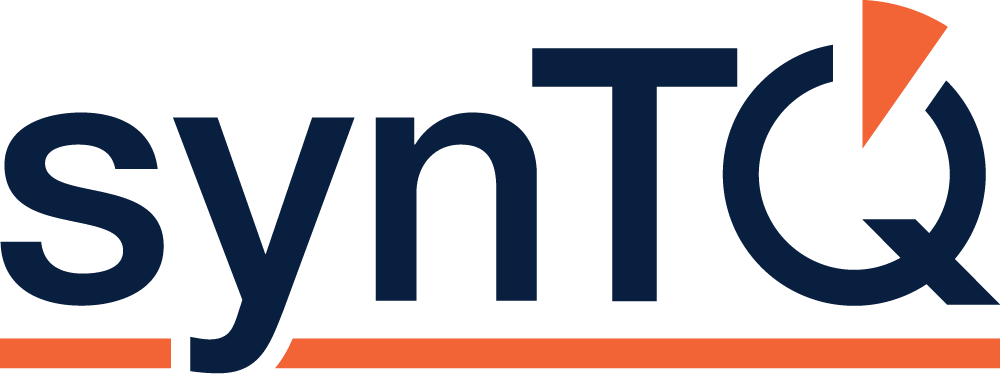It sounds almost too good to be true, however an expert in the field, Martin Gadsby of Optimal Industrial Automation, says PAT is rapidly becoming a cornerstone of investment plans for a large proportion of the pharmaceutical manufacturing and life science industries, simply because it is paying huge dividends for those who commit.
There is also strong institutional support for this change. The FDA (US governmental Food and Drugs Administration agency) for example is encouraging life science industries in America and around the world to adopt PAT to improve the quality, reliability and cost-effectiveness of their manufacturing processes.
A very basic explanation of PAT is the continuous precision measurement of key product quality values within a manufacturing process by using a range of instrumentation types, and real-time analysis of the resultant data using multivariate techniques; leading to continuous re-optimisation of process variables (and hence product quality) using the process knowledge that has been gained during development. In short, measure / understand / control.
PAT can compensate for input variability, tighten finished product quality, cut production cycle times and slash product development time. However, achieving such exacting control over a complex process is not easy to achieve. To use PAT effectively, companies need to hone their skills and adopt new enabling technologies within their development and production operations.
Advanced technologies related to PAT implementation that might prove unfamiliar to some include near infrared (NIR), Fourier transform near infrared (FTNIR) and Raman sensors. New techniques and types of information that might need to be introduced include advanced chemometric modelling of data sets, multivariate process models, real-time management of ‘critical quality’ attributes (CQAs), ‘critical process parameters’ (CPPs) and ‘critical control parameters’ (CCPs).
In short, PAT produces huge amounts of data, most of which has to be analysed, changed into knowledge, and acted upon in real-time. This requirement can be addressed by using a dedicated data management system, which not only makes PAT practically and economically viable, but also ensures regulatory compliance.
For many companies, the biggest challenge in implementing PAT for the first time is not the technology (at least not initially), but the concerns relating to not knowing what the journey entails, how long it will take, how much it will cost and what skill sets are required. By working with a PAT specialist such as Optimal, many of these concerns can be answered or eliminated.
Once teams have started on a PAT journey, the technology challenges then start to appear. Rising to these challenges can be made easier by the adoption of a dedicated PAT knowledge management software package, such as Optimal’s synTQ®. An effective PAT management package will handle multiple real-time data exchanges transparently and provide users with a structured environment for model development. It will assist with developing process understanding, facilitate CQA based process control and provide the environment for information and strategies for continuous improvement to be brought together. They also provide regulatory compliant functions such as data and model archiving and traceability.
In practice, a knowledge manager system will simplify, automate and accelerate PAT processes. It can be used to synchronise the various pharma production functions from laboratory development, through pilot production to single site production, then multi-site production and even global manufacturing.
During initial research and product development, synTQ® for example provides all the tools by which, even at this early stage, the product and process can be characterized. As the development continues, the inherent functions and striking 3D visualisation tools enable learning to be made in relation to the process, and how process parameters affect product quality. Further on during the development cycle, control strategies can be modelled and developed.
From a successful PAT based development exercise, scale-up to production volumes can then follow – this being expedited by all the knowledge already gained. Once production is up and running, synTQ® is used to configure the complex systems, collect data, make real time quality predictions and then control the process based on the required product quality attributes. Using these techniques, all regulatory compliance data is collected automatically, providing the framework for achieving Real time Release of products
It is notable that synTQ® can work across multiple production sites, integrating and optimising their output. Also highly significant is the fact that PAT works in real time, so can adapt to changing requirements virtually instantly. It has the ability to manage variations in product specification, such as producing regional variations of a product.
Therefore, we can see that PAT offers significant benefits through all stages of the pharma industry. It simultaneously lowers manufacturing costs, improves product quality and dramatically reduces the time to market for new compounds. In addition, the advent of continuous manufacturing and real-time release of new products can be enabled by PAT.
While PAT offers pharmaceutical manufacturers many advantages, its implementation can seem daunting. However, it is a commercial reality that they need to be driving ever-greater efficiency into all their processes through reducing costs, better quality control and more integration from initial compound research to global manufacture. This necessity can be met in-part in a number of ways, however PAT is the only holistic approach that serves all requirements, and the one being endorsed by the regulators.
Finally, a very significant attraction of PAT is that it can enable a move from batch processing, with all its inherent inefficiencies and time delays, to continuous production. This move in itself not only slashes the manufacturing times, the amount of Work-In-Progress, the production footprint and the energy usage of a process, but has the potential to eliminate scale-up time. Therefore, PAT not only helps drive efficiencies into current production, but also helps build and prepare for future processes and products, thus building long-term security for user companies.

Recent Comments